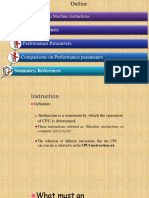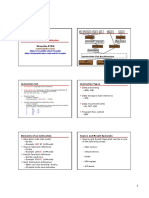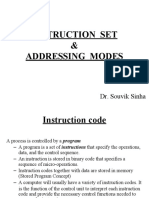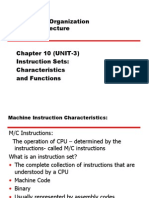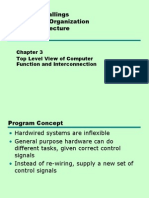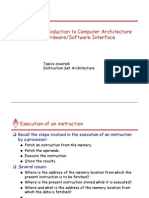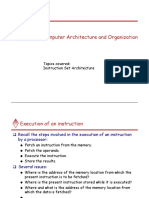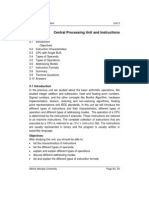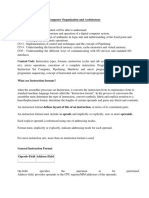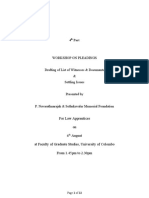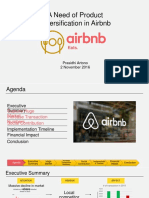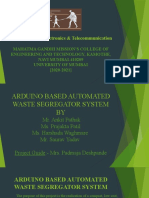0% found this document useful (0 votes)
40 views23 pagesMemory Traffic - Key
Instruction sets can be categorized based on the number of operand addresses in each instruction:
- Zero-address instructions do not use address fields and operate on values in registers only.
- One-address instructions use an accumulator register as one operand.
- Two-address instructions specify operands in registers or memory.
- Three-address instructions specify all operands and results separately.
The number of memory accesses decreases from four for three-address to three for two-address to two for one-address and one for zero-address instructions. This decreases memory traffic and increases instruction encoding efficiency.
Uploaded by
Yash BhardwajCopyright
© © All Rights Reserved
We take content rights seriously. If you suspect this is your content, claim it here.
Available Formats
Download as ZIP, PDF, TXT or read online on Scribd
0% found this document useful (0 votes)
40 views23 pagesMemory Traffic - Key
Instruction sets can be categorized based on the number of operand addresses in each instruction:
- Zero-address instructions do not use address fields and operate on values in registers only.
- One-address instructions use an accumulator register as one operand.
- Two-address instructions specify operands in registers or memory.
- Three-address instructions specify all operands and results separately.
The number of memory accesses decreases from four for three-address to three for two-address to two for one-address and one for zero-address instructions. This decreases memory traffic and increases instruction encoding efficiency.
Uploaded by
Yash BhardwajCopyright
© © All Rights Reserved
We take content rights seriously. If you suspect this is your content, claim it here.
Available Formats
Download as ZIP, PDF, TXT or read online on Scribd
/ 23







